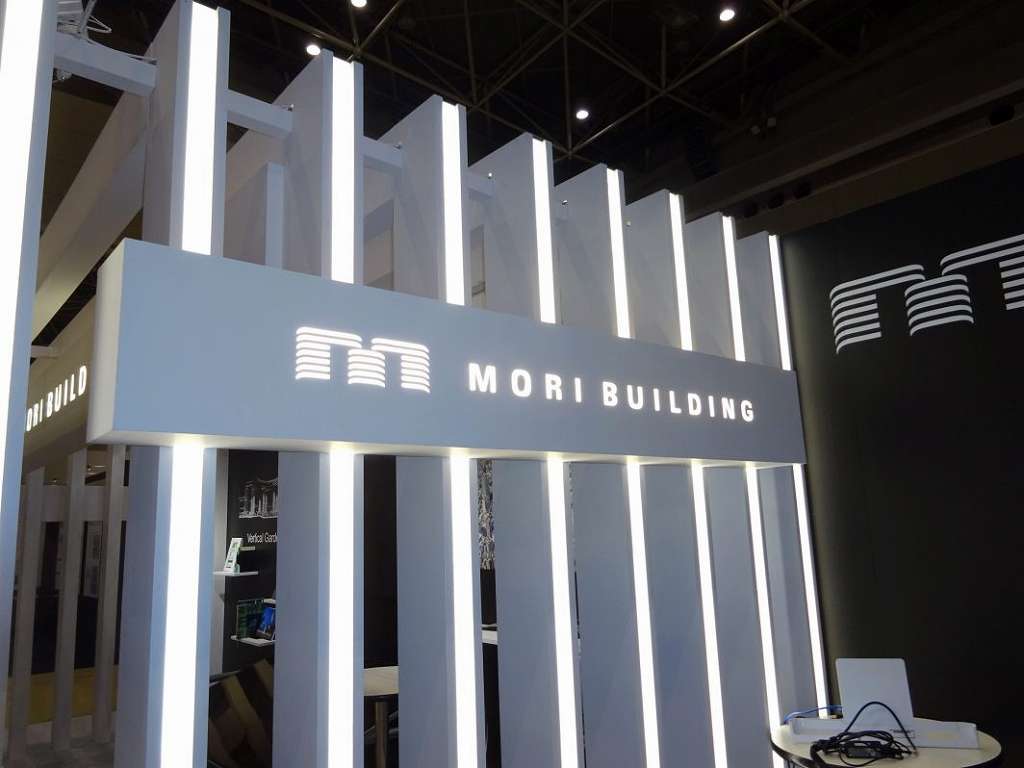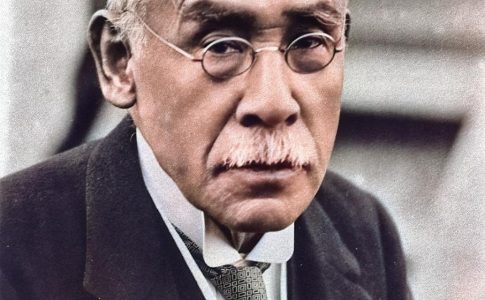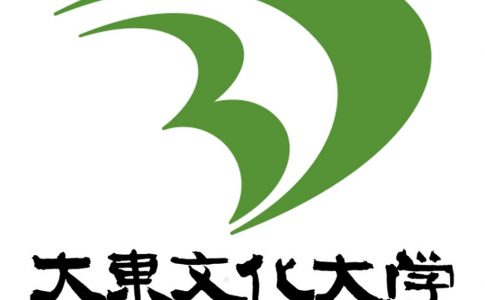- A Glimpse into Mori Building’s Uncertain Future
Mori Building, a titan in urban development, famous for its pioneering projects like Toranomon Hills and Azabudai Hills, now faces critical scrutiny. Amidst impressive architectural feats, a lurking financial unease paints a different picture. The company’s accumulated debts have skyrocketed to a staggering 1.6 trillion yen, a drastic leap from 729 billion yen in 2012. Although revenue and profits show growth, they pale in comparison to the burgeoning debt. With five years of negative Free Cash Flow, the financial alarm bells are ringing loud and clear.
- Leadership in Question
At the helm is President Shingo Tsuji, steering a ship that seems to be navigating in the wake of its founder, Minoru Mori’s legacy, rather than charting new territories. The management structure, largely unchanged for over a decade, highlights a concerning rigidity. This static approach to governance raises questions about the company’s ability to innovate and adapt in an ever-evolving market.
- Market Realities and Tenant Attraction Struggles
The Tokyo office market, significantly hit by the pandemic, shows a persistently high vacancy rate. Mori Building, venturing into new territories like Azabudai, reportedly faces a tough battle in tenant attraction – a crucial element for the success of their colossal projects.
- The Burden and Blessing of Legacy
Since Minoru Mori’s demise in 2012, the company has continued on the path he charted but seems to lack the visionary spark that once defined it. Tsuji’s presidency, while respectful of the past, is increasingly seen as a continuation of legacy rather than a push towards innovation.
- The Road Ahead
Mori Building, a celebrated name in Tokyo’s skyline, now stands at a crossroads. The challenges of an evolving economy, coupled with internal governance issues, are not just mere hurdles but potential catalysts for change. Will Mori Building embrace innovation and step out of the shadows of its past, or will it remain anchored to its legacy, risking stagnation? The company’s ability to adapt and evolve will be pivotal in defining its path forward in the dynamic landscape of urban development.












Leave a Reply